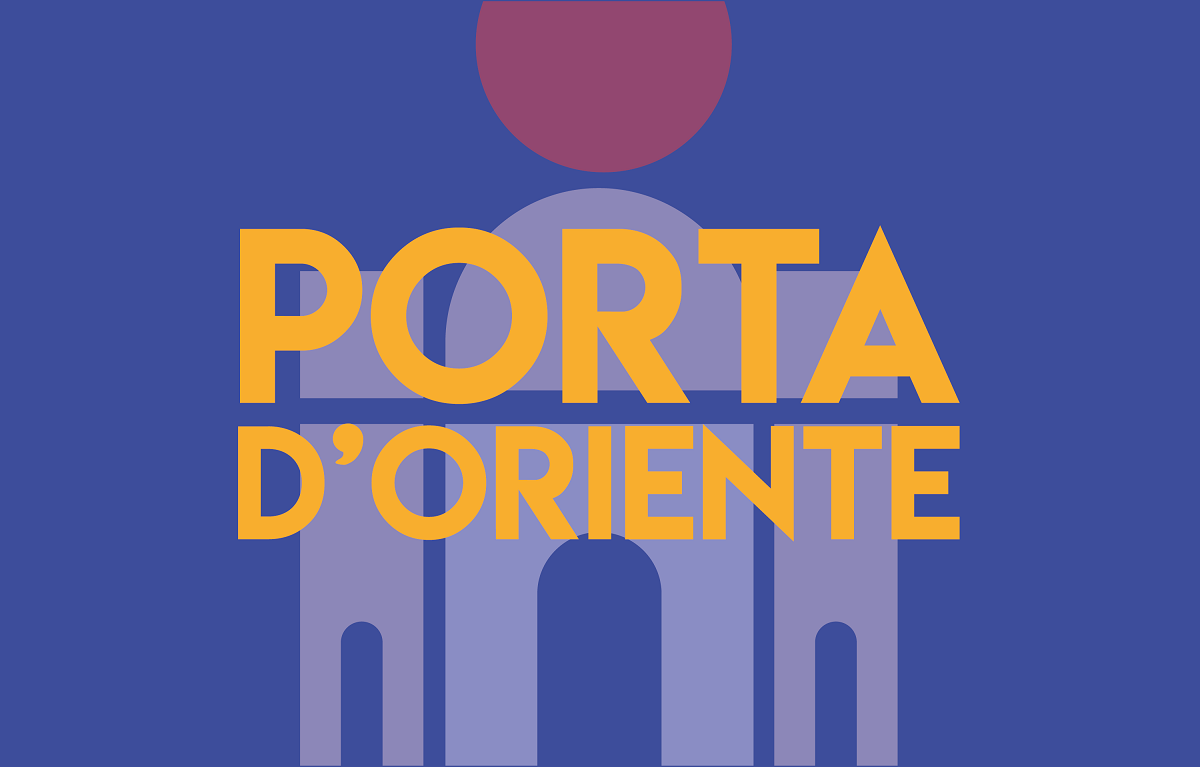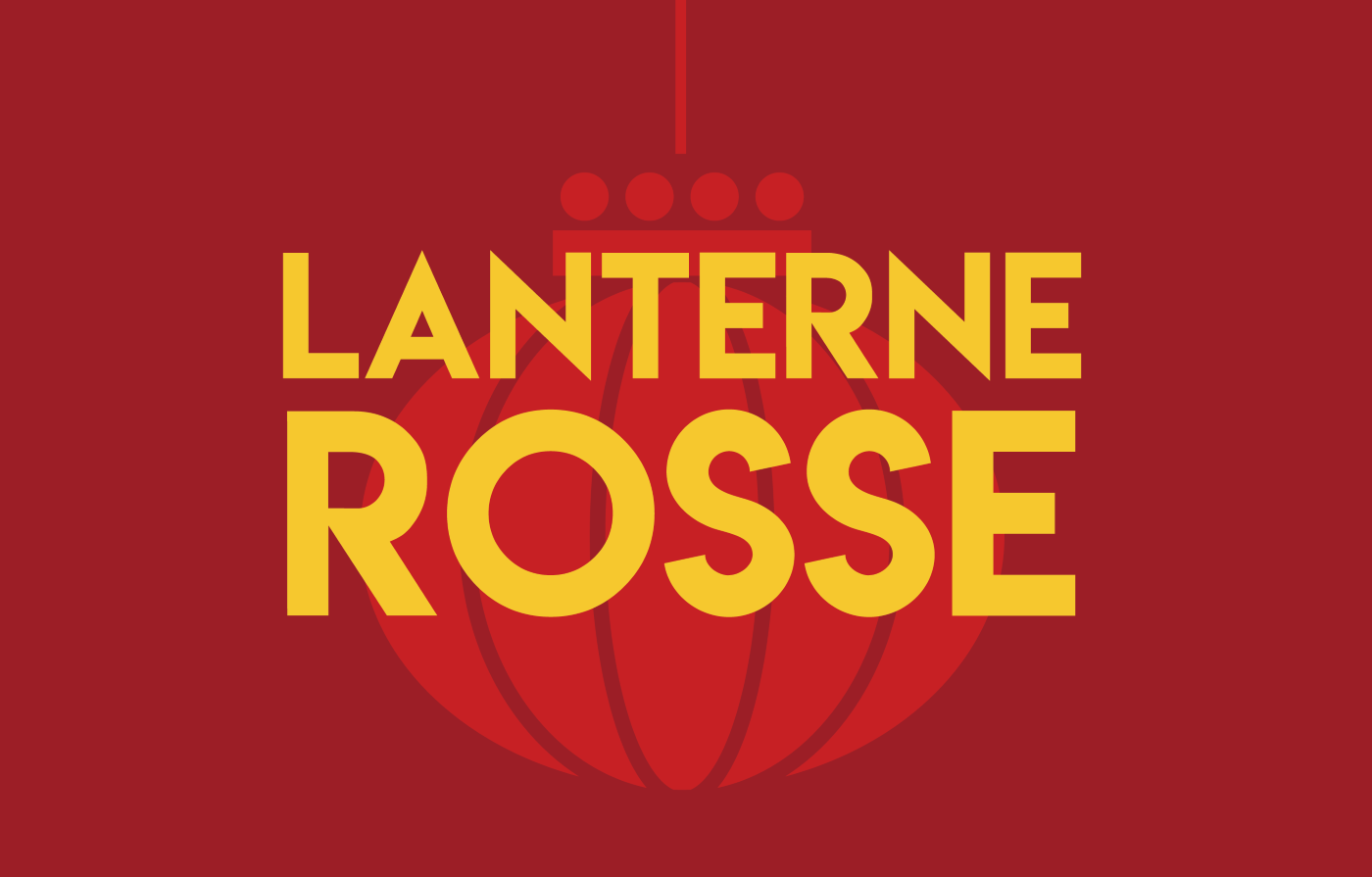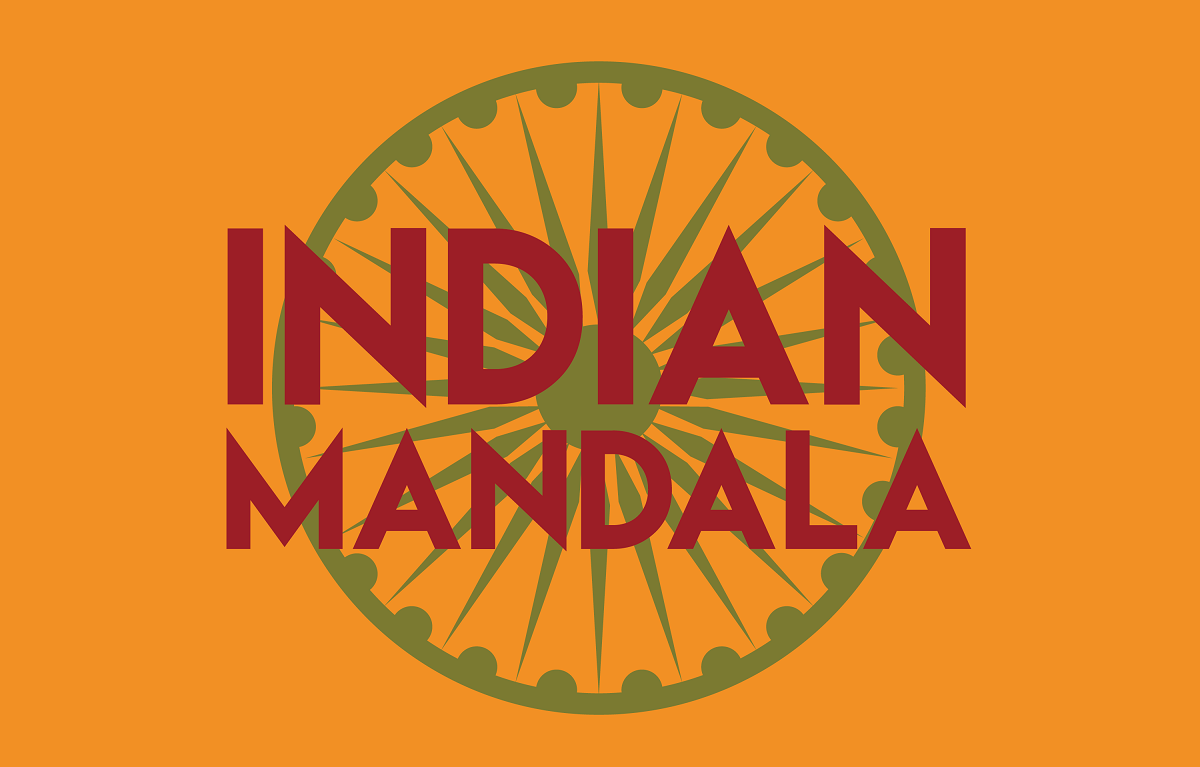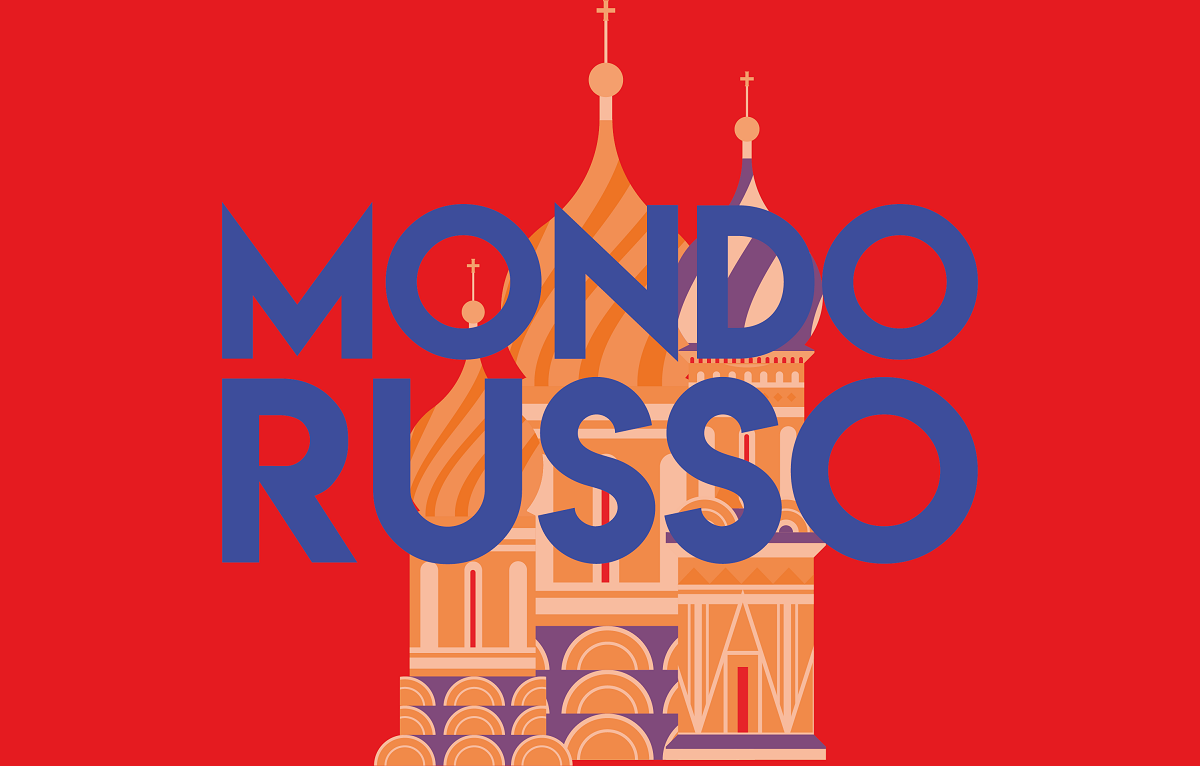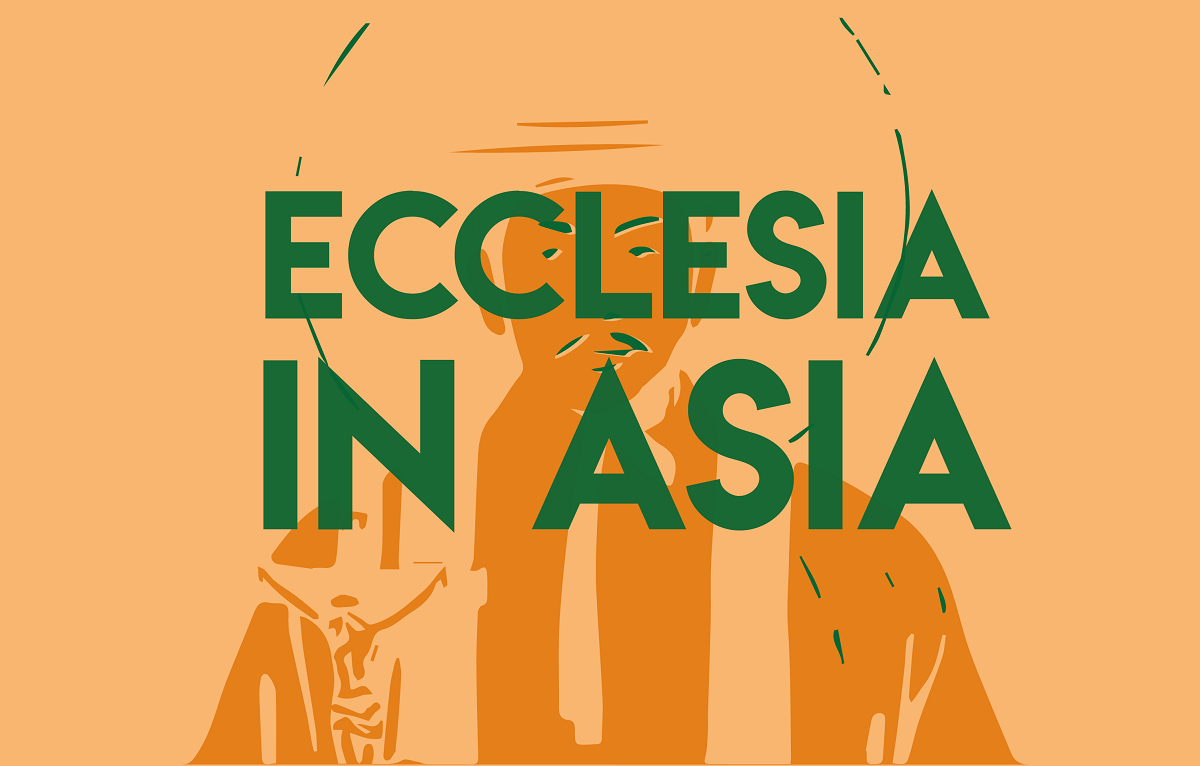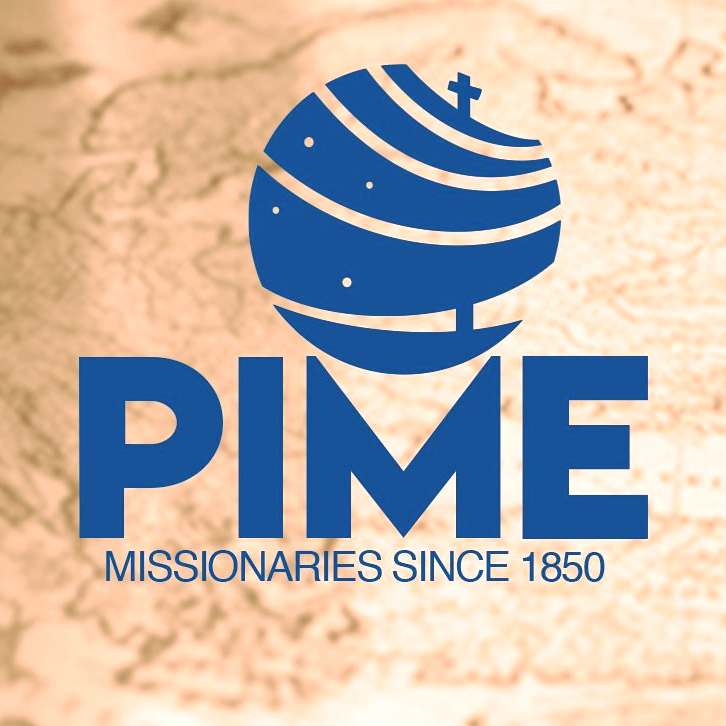Millions of Muslims devoted to Our Lady and eager for exorcism
Beirut (AsiaNews) - Each year
millions of Muslims come on pilgrimage to the Catholic Marian shrines. Not only
to the major shrines such as Fatima in Portugal or Harissa in Lebanon, but also
to Egypt, Syria, Iran. Muslims - especially Muslim women - go to give thanks to
the Madonna or great Christian saints, like St. Charbel or St. George.
In the eyes of many Westerners these gestures seem ridiculous or false: they speak of apparitions, of prayers, but
then there are massacres, killings, violence in the name of religion!
Like it or not, the religious phenomenon is alive in Latin America, in Africa,
in Asia. When you see millions of Hindus go to bathe in the dirty water of the
sacred river it may seem like a ridiculous thing. Yet for those who do it is an
act of purification, of prayer. The West is tolerant and benevolent towards
other religions, but its attitude towards Christians is increasingly
hypercritical. The West is not post-Hindu, post-Islam. It is only
post-Christian!
The point is that in the West,
the supernatural is considered outdated, it is branded as mythology, illusion,
instead the West is forever denouncing the difficulties that neither miracles
nor pilgrimages can erase.
But in the rest of the world the spiritual dimension is alive and well. In the
East, the religious sentiment is very much alive among Muslims, Christians and
other religions. But in most of the West - especially on the part of
intellectuals - the religious sentiment is seen as a thing of the past,
irrational, naive. We must state this clearly: this interpretation is wrong.
The Marian devotion of Muslims
In Egypt, there are at least a dozen places of pilgrimage dedicated to the
Virgin, which commemorate the journey of the Holy Family in Egypt. The
tradition is very rich in the apocryphal texts of the fourth and fifth
centuries. You can read some passages in the article by then Msgr. Ravasi (now
Cardinal) of 28 December 2007, the feast of the Holy Innocents, published in
the L'Osservatore Romano.
Every year in August, the Feast of the Dormition (Assumption of Mary) at least
one million pilgrims go on pilgrimages to various shrines of Our Lady. The most
famous are in Upper Egypt (in the South), at Jabal al-Tair, near Samalut, about
200 kilometers from Cairo. The festival lasts for 15 days, people pray, baptize
infants (the parish priest has also built a species of baptistery, for Muslims,
given the demand for baptisms from them as well) and celebrate.
More to the south, about 380 km from Cairo and 7 km from Assiut, there is
another similar place of pilgrimage at Deir Dronka where tradition holds that
the Holy Family stayed and the Virgin rested in a cave.
A few appearances have been reported in recent times:
- On 22 January 1980 the Virgin appeared to a deacon.
- On 10 January 1988 he appeared in the church tower to an Australian tourist, and Jesus appeared with a dove to the workers of the monastery.
- On 7 August 1990, the Virgin appeared to the monks, surrounded by light, in a cave of the convent.
The annual pilgrimage is made during the "fasting of the Virgin" (7 to 21 August, the feast of the Dormition being the 22 in the Coptic rite). More than half a million pilgrims come, among them tens of thousands of Muslims. One of the monks is "specialized", so to speak, in baptisms, because he manages to make the 36 liturgical signs of the cross on the child's body in a minute (he showed me how some years ago!).
Even there, Muslims constitute a
large number of participants, it is said that they are at least a quarter of
the total number of pilgrims.
In Egypt, another pilgrimage to modern places of Marian apparitions is in
Zeitun, near Cairo. The apparition, which began in 1968, lasted for several
months. Various sociologists - not Egyptians - have called the phenomenon a
kind of affective compensation, psychical consolation for the harshness of
life. But people went there, Muslims and Christians, because they saw a white
shape on the dome of the Church of Zeitun, which they interpreted as being
Sittina Mariam, Our Lady Mary. The fact is difficult to explain, but was seen
by thousands of people and there are also pictures. Another apparition of the
Virgin is celebrated in Imbaba, a populous neighborhood.
From 1982 to today, reports of Our Lady's apparitions in the Damascus
neighborhood of Soufanieh continue. Oil flows from the icon of the Madonna, and
the hands of a normal, well-balanced girl of 18, Myrna Nazzour, also sweat oil.
The parish priest of the time, quite against it at first, has become the icons'
greatest enthusiasts. There too, Muslims and Christians flock in great numbers.
Near Damascus there is also a
sanctuary to visit the mausoleum of Settena Zainab, the daughter of Ali and
Fatima, the founder of Shiism. This is a pilgrimage to the roots. But when you
go to places of apparition of the Virgin, the reasons are far deeper.
For years now plane loads of Muslim women from Iran have been landing at
Fatima, Portugal. They come to pray
before Our Lady who appeared to three shepherd children. The reason is that the
Madonna was named after the daughter of Muhammad and wife of Ali Ibn Abi Talib.
In Harissa, Lebanon, Iranian women constantly come to pray to Our Lady, to the
point that the rector of the shrine has a chapel prepared especially for them,
with icons, signs and prayers to the Virgin in Persian, to facilitate their
devotion.
Last year, during the month of
May, as I waited for evening Mass to begin in Harissa, I saw hundreds of Muslim
families - probably Shiite - who stopped to listen to the hymns before Mass and
who only left at the end.
When I was in Morocco, I found that many women, during pregnancy and after
childbirth, continued the so-called "fast of Our Lady," inspired by
the Koran, which speaks of this fast.
Mary in the Koran
The Muslims make their way to these shrines, knowing that Mary is the woman
most praised in the Koran, the only woman mentioned by name, called "Siddīqah" (true, believer, holy), a title reserved
for men (siddīq).
She is the only one whom the
Koran states that God has "chosen" (inna Allāh istafāqī), and twice, and that God has preferred her
to all the women of the earth (wa-faddalaki 'ala nisā' al-'ālamīn); moreover that she was consecrated (innī nadhartu mā fī batnī muharraran)
in her mother's womb before
birth. Indeed, a scared saying (attributed to Muhammad and thus regarded as a
certainty) says that every child, when born, is "touched" by Satan,
with the exception of Mary and her son; a saying that draws very close indeed
to the concept of the Immaculate Conception.
In the Koran Mary is "the most pure", because God has made her pure.
In the Annunciation, in two different chapters, Mary says to the angel,:
"How can I have a baby, when no human being has ever touched me?".
Thus, in the Koran, Jesus is called: "The Christ Jesus, son of Mary"
(al-Masīh 'Īsā Ibn
Mariam): never in Arabic
is a person referred to as "son of ... (a woman)", but always. .. a
man, and therefore Jesus being born of a woman who has not known a man, could
not be called "son of Joseph"!
Therefore, the last verse (12) of Chapter 66 (al-Tahrīm) of the Koran, reads: "And Mary the daughter of Imran, who guarded her chastity; and We
breathed into (her body) of Our spirit; and she testified to the truth of the
words of her Lord and of His Revelations, and was one of the devout. "
When Mary is referred to in Islam,
"'Alayhā
l-salām" (peace be
upon her) is added, a title that is not given to any saint. This title is also
given by Christians to Mary. There is an entire body of literature on Mary in
the Koran, written by both Muslims and Christians.
Popular
devotion for Christians saints, even among Muslims
What drives Muslims to undertake these pilgrimages? First of all people are
looking to rediscover their faith in the essential; they are looking for a
renewal of faith. This is also followed
by a desire for physical healing. But the question of a spiritual healing is
much stronger. This is very similar to the sense of Christian pilgrimages.
It must be said that pilgrimages have no value for the orthodox Muslim, apart
from the pilgrimage to Mecca (hajj). With the exception of Mecca, they consider
this practice a kind of idolatry. This is why radical Muslims destroy all the
places of pilgrimage, especially the tombs of Sufi sages, which Muslim mystics
visit every year. Such destruction is typical of the Salafis, who are
constantly carrying out iconoclastic raids in Tunisia, Libya, Egypt, Mali,
Jordan, Pakistan, etc. ...
This trend in radical Islam is
somewhat similar to early Protestantism: they despise popular piety as overly
naive and distorted. In reality, the people seek God through everyday things,
but also through certain phenomena or testimonies overtime. It does not matter
that they are Christians or Muslims.
There are regular visits to St. George in Egypt, to the shrine of St. Charbel
Makhlouf in Lebanon, to the house of the Virgin Mary in Ephesus, visited every
day by Muslims, usually women. Sometimes these pilgrimages are made to ask for
the grace to have a child at other times to ask for physical healing. And it is
always the Muslims to go to the Christians.
Monk exorcists for Muslims
Another spiritual element present in the faith of the people is fear of the
devil. An episode that I experienced many years ago when I was a religious, but
not yet a priest, is a very significant example of this. I was at the American
University in Cairo and had entered and exited the building several times
during the day for some research. At a certain point the doorman stopped me and
gently asked me a favor. "My sixteen year old daughter - he says - is
possessed by a demon." It was the first time I heard this expression in my
entire life. He told me of how this demon would fling her on the ground, and
hurt her. He adds: "I took her to our imams and they could not do
anything. They
themselves have told me that the only one can free her is a monk." He
begged me to do something.
I promise him that I would pray
for them, but I saw that he was disappointed by my answer. When I told the
story to my brothers, they all criticized me, because they believed I should
have preformed an exorcism, according to the established liturgical rite. And I
discovered that many monks and religious are approached by Muslims and asked to
cast out demons from a family member and that this practice is very common.
Usually, Muslims go to Coptic Orthodox monks or priests and often these
exorcisms take place in public. I once witnessed one of these in front of the
station square in Cairo (Bāb
al-Hadīd), today called Mīdān Ramsis, with candles and holy water. A man lying on the
ground, rigid, who swore and was a cripple, at a certain point, became calm.
A few years ago, in September 1994, a Canadian priest of the charismatic movement, famous for miracles, came to Lebanon. He was Father Emilien Tardif (1928-1999) of the Missionaries of the Sacred Heart. Tens of thousands of people, many Muslims, followed him asking for his help. His cause for beatification is proceeding. This phenomenon is a fact that I can not explain. But I think that God gives a supernatural gift to some, to be put at the service of all. These gifts are distributed only in a Christian environment, but they are certified, verified by non-Christians.
Miracles are made for the benefit
of anyone who has faith, the faith that leads God to grant the miracle.
In the human being there is a need that is not satisfied in Islam, but which is
alive in Christianity. There is a need for spirituality, mysticism and beauty
that is offered with greater ease in the Christian world than in Islam.
Sincere piety unites people. Mary as a bridge
between Christians and Muslims
The most symbolic example of this was the decision of the Lebanese parliament
to set up a national holiday for all three years ago, choosing the feast of the
Annunciation of Mary. It was a deliberate decision by Christians and Muslims. The
Koran twice refers to the account of the annunciation (in Chapters 3 and 19),
almost in the same terms of the Gospel, and with a much more elegant and solemn
style. In these texts the Virgin Mary is attributed is described as being strongly
submissive to God and amazed at what happens to her, so much so that God
Himself comforts her.
These experiences lead to great collaboration and a spiritual harmony with many
Muslims. If it is not taken over by Islamic radicalism - which mixes religion
and power, religion and state, religion and politics - the Muslim, just like
any other believer, nourishes as openness to the supernatural, the spiritual, in
his heart. But this aspect is not freely expressed in Islam: the spiritual is
planned, the five daily prayers are predefined and must be done with pre-set words,
so much so that if make a mistake while reciting them, you have to start all
over again. Official Islam lacks spontaneity. For this reason, when a Muslim
looks for something more intimate, they look towards Christianity.
Devotion creates feelings of friendship and not antagonism. In the West it is often said that religions, especially the monotheistic religions, are a source of wars and divisions. This thesis is false from the historical point of view and from the point of view of content. Of course, wars have been waged in the name of religion. But man has also launched wars in the name of many other ideologies, religion itself does not wage wars. We only have to think of nationalism, the divisions and the world wars fought in Europe, we are forced to admit that nationalism has been the cause of a far worse violence than any religion, and that the atheistic ideologies of the twentieth century, have produced more deaths than religions.
Even the religious wars fought in Europe were based on political phenomena that exploited religion ("cuius regio, eius religio "). It was the common view of the time, not the vision suggested by the Gospel. This connection between politics and religion is still very strong in Islam and Judaism as well. Identifying one State with a religion and an ethnic group, generating Zionism, has created a violent movement that was fueled by religion, and that creates problems for many Jews who to not back Israel's politics. On the Islamic side, the Palestinian cause has been identified with Islam and has created the same difficulty, and it is perhaps for this reason that the peace process and a possible reconciliation have stalled.
To date, it seems to me that Christianity as a religion distinctly separates faith and politics, though not always perfectly ... like everything that is human. Benedict XVI also writes about this in his Apostolic Exhortation for the Middle East: "A healthy secularity, on the other hand, frees religion from the encumbrance of politics, and allows politics to be enriched by the contribution of religion, while maintaining the necessary distance, clear distinction and indispensable collaboration between the two spheres" (Ecclesia in Medio Oriente, No. 29).
In fact, with the Muslims, as
soon as you mention Mary, there is a notable change in attitude: there is an
atmosphere of piety, of silence, of brotherhood, as if after chatting about
many things, you were entering a place of worship, and there is silence.
Some might see this as a kind of syncretism. But in fact, devotion is a phenomenon
that is open to all. Even in the West, Marian shrines do not only attract Christians,
but also other believers, or people who have left the Church, even
non-believers. Even though the liturgies are clearly Christian. And if I, as I
pray to Our Lady, see a Muslim praying next to me, what's the problem? On the
contrary: it is a great comfort because devotion is a far stronger foundation
for a relationship and friendship than ideological, political or cultural bonds.
Those who think the of Christian faith in an exclusive way, as do some Catholic
traditionalists, have yet to fully understand Christianity.






.png)
